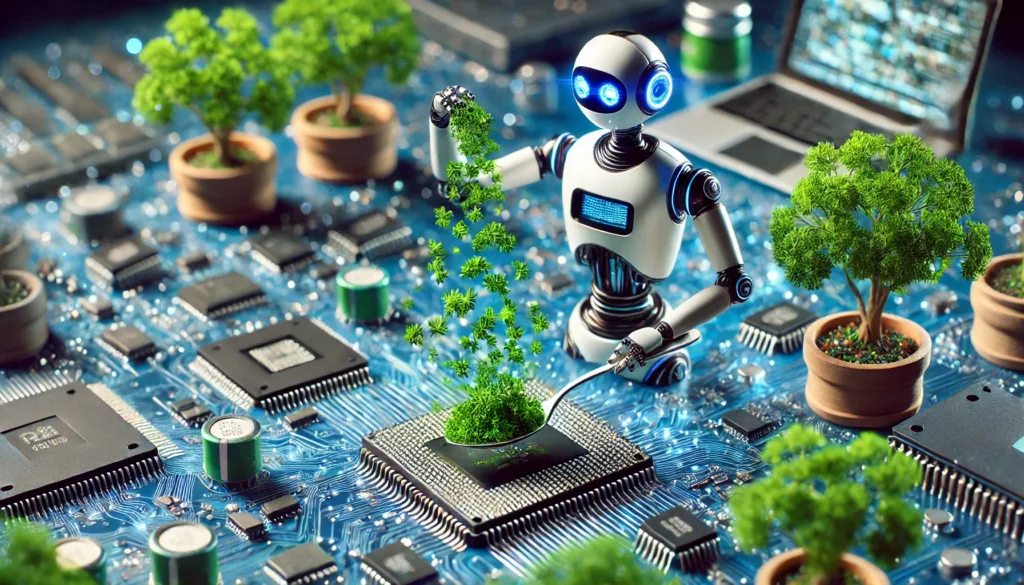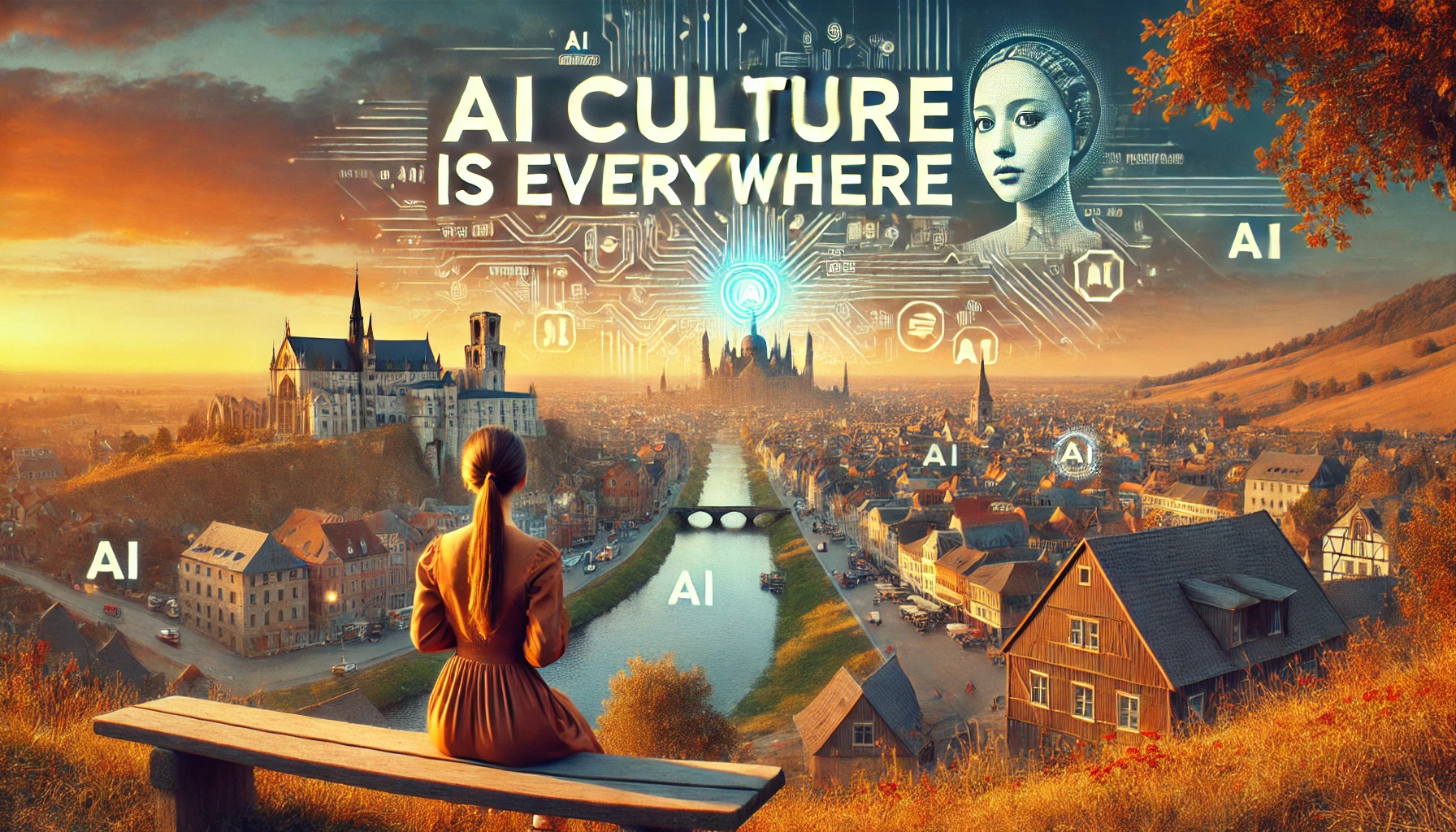Table Of Content
Artificial intelligence has permeated every aspect of our lives, becoming more than just a technology—it’s now a cultural force. This transformation from a niche concept to a pervasive element in society reflects broader cultural shifts that have been unfolding over the past century. The journey of AI becoming a cultural commodity is deeply intertwined with our collective drive for uniformity and efficiency, but this journey also raises questions about the loss of cultural specificity and diversity.
The Evolution of AI as a Cultural Commodity
In 1925, Stefan Zweig wrote, “Everything is conforming to a single basic cultural scheme […] the countries seem to have lost their specificities and seem to have let themselves slide into each other.” This observation captures the essence of cultural homogenization, where distinct identities and traditions begin to fade, giving way to a more uniform global culture. Today, AI plays a significant role in this process, as it becomes embedded in everything from social media algorithms to workplace automation systems. The widespread adoption of AI reflects our society’s increasing reliance on standardized solutions, which often come at the expense of individuality and diversity.
Hans Ulrich Obrist, in his book What Art Is For, suggests that the diverse languages of contemporary arts serve as a resistance to this growing uniformity. Art, in its many forms, challenges the conformity that AI can inadvertently promote. While AI is not inherently designed to erase cultural differences, its uncritical and widespread use contributes to a homogenized cultural landscape. The risk here is that AI could drive a cultural convergence, where the unique flavors of different civilizations slowly evaporate, leaving behind a bland, uniform society.
The Hype and Reality of AI
The rapid adoption of AI has not been without its share of hype. The technology industry is notorious for creating cycles of hype, where expectations are inflated, and the potential of new technologies is exaggerated. AI is no exception. The promotional culture around AI often portrays it as a magical solution to all problems, fostering both fascination and skepticism. This cycle of hype has made AI a buzzword, but it has also led to a more critical examination of its actual capabilities and limitations.
Despite the hype, AI has made significant strides, particularly in sectors like healthcare, finance, and entertainment. However, the gap between AI’s potential and its current applications has also become apparent. The technology’s commodification has sometimes led to superficial implementations that prioritize marketability over meaningful innovation. This has sparked a debate about whether AI is truly delivering on its promises or if it has become just another product in the consumer market.
The Cultural Implications of AI’s Ubiquity
The rise of AI has not only changed how we live and work but has also influenced our cultural landscape in profound ways. AI’s integration into various aspects of life has created an environment where the technology is almost omnipresent—so much so that it feels like AI is, metaphorically speaking, “like parsley everywhere.” However, just as overusing any ingredient can dull the overall flavor of a dish, the pervasive presence of AI can lead to a cultural monotony that stifles creativity and diversity.

This trend is not entirely new. The commodification of culture, which Zweig critiqued nearly a century ago, is now accelerated by AI. The algorithms that power our digital experiences often prioritize content that appeals to the broadest audience, leading to a feedback loop that reinforces mainstream tastes while marginalizing more unique, localized expressions. This process can result in a cultural landscape where everything starts to look, sound, and feel the same, echoing Zweig’s fears of a world where “the sophisticated aroma of each different civilization seems to be moving towards a state of evaporation.
At the same time, there is a growing awareness of the need to resist this trend. As Obrist argues, art and culture must serve as a counterbalance to the forces of conformity. Just as art resists the monotony of mass-produced culture, it can also resist the homogenizing tendencies of AI. The challenge lies in ensuring that AI is used in ways that enhance rather than diminish cultural diversity, preserving the richness of human expression in an increasingly automated world.

